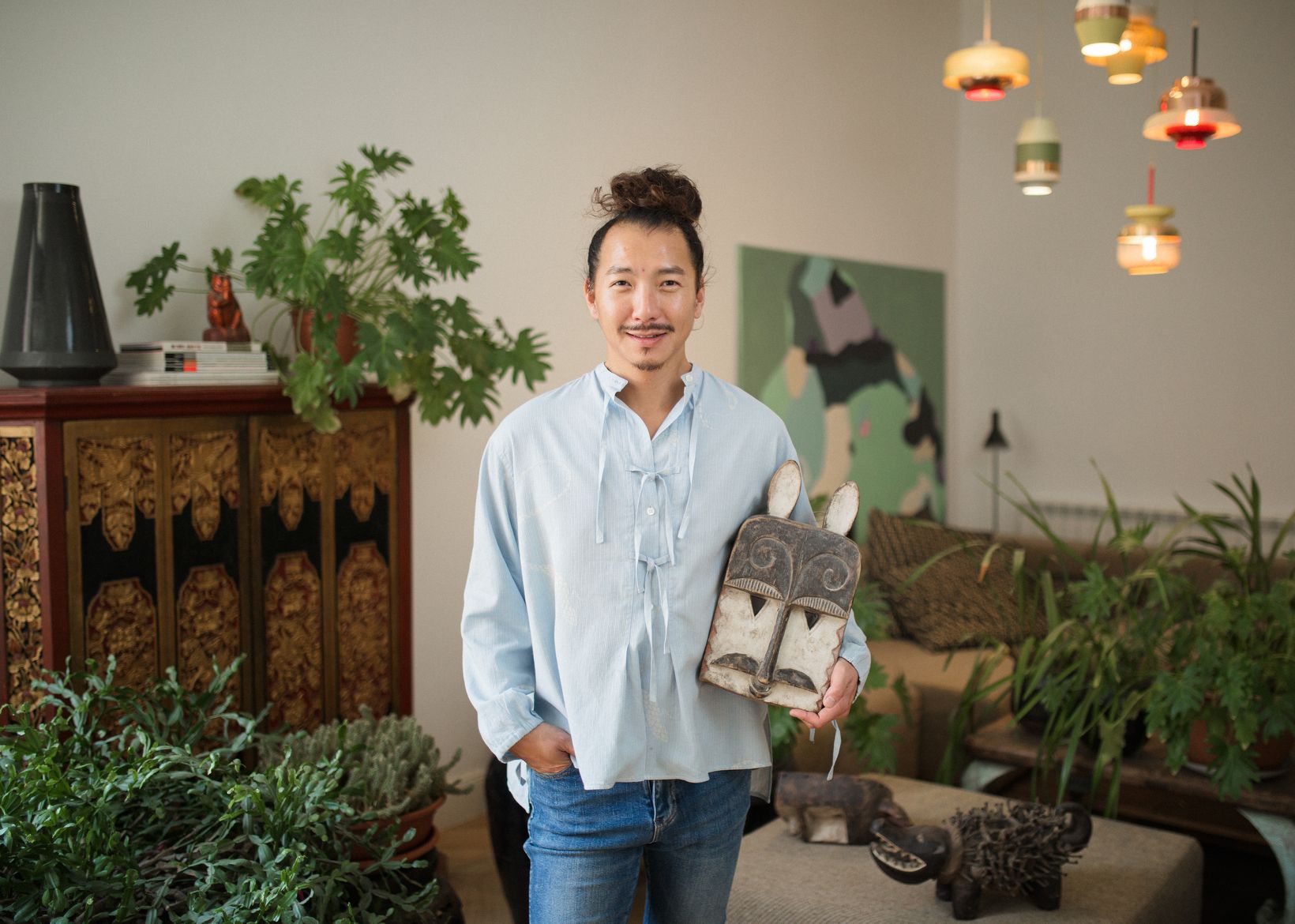The Vietnam-born Anh Tuan first burst onto the Hungarian market with his premium leather bags, and nowadays, his name is rather known in the gastronomic world: he runs, among others, Sáo, a restaurant serving Chinese dishes, and Quí, a restaurant offering specialties of Vietnamese and Thai cuisine. At him, everything is exotic, not just his culinary art—his home is full of special objects, from antique African masks to contemporary chandeliers. Let’s see!
In designer and restaurant owner Luu Anh Tuan’s apartment in Újlipótváros, you can almost literally touch harmony, even when you pop in on a busy weekday afternoon. Here you’ll find large, airy spaces that convey both clean minimalism and an eclectic passion for collecting. Despite the numerous objects—brightly colored candle holders, huge, glazed ceramics, wooden sculptures of various shapes and sizes—there is no trace of clutter; instead, we feel a kind of cohesive force when we look at the shelving system, which can be seen as the central element of the kitchen: a modern Wunderkammer at its best. Floating above the counter is one of POSITION Collective’s latest additions, the “BERRI” chandelier from the “BERRI” range of lamps, created in collaboration with Úri Lux Kft., (and inside, in the living room, you’ll find more Position pieces from previous collections).

Collector instead of a hoarder
Tuan would certainly not call himself a minimalist and would prefer to use the term collector rather than a hoarder if he had to choose. In his vocabulary, hoarding is a less conscious behavior, but he is very deliberate in the objects he chooses to surround himself with, in his restaurants, or even in his home. “I instinctively feel that object speaks to me: often the objects find me and not the other way around. Of course, sometimes I search, but in a very intuitive way,” he says. Although there is a wealth of decorative objects in his home, it is important that an object should not only be beautiful and unique but also should have a definite function. Candleholders, for example, but Tuan is also very fond of mirrors and lamps.

“In these objects, I feel that light is the essence in some way: the mirror also collects the rays of light, and we use a candlestick because it is also a kind of mediator, a carrier for light. I myself didn’t know why I was collecting these objects for a long time—it was a process that contributed to my own self-knowledge. And I think that’s the point of engaging with objects, to learn a little bit more about yourself. There lies a big dose of self-discovery in object collecting.”
Tuan also adds that when it comes to collecting, one should never forget the space and other objects in which the new arrival will be placed—in his case, there is a visible harmony between the various decorative and utilitarian objects, where an exciting dialogue unfolds between the geometrically decorated wicker basket, the natural-colored comfortable sofa and the green and blue-shaded Attila Kertész painting, to name just a few of the many beauties.
Masks, sculptures, ancient techniques
“Objects are important to me, not only in my personal life but also because of my work —I see them as a source of inspiration.” The object’s form and the aura are particularly important, but the material and texture are also key for Tuan. “I’m attracted to objects made using ancient, archaic techniques. Textiles and wood themselves are very meaningful to me: they have been present in human life since prehistoric times, they are ancient to mankind and strongly linked to various religious beliefs. Ancients have a depth, an origin, a history, and I look for these in an object.”
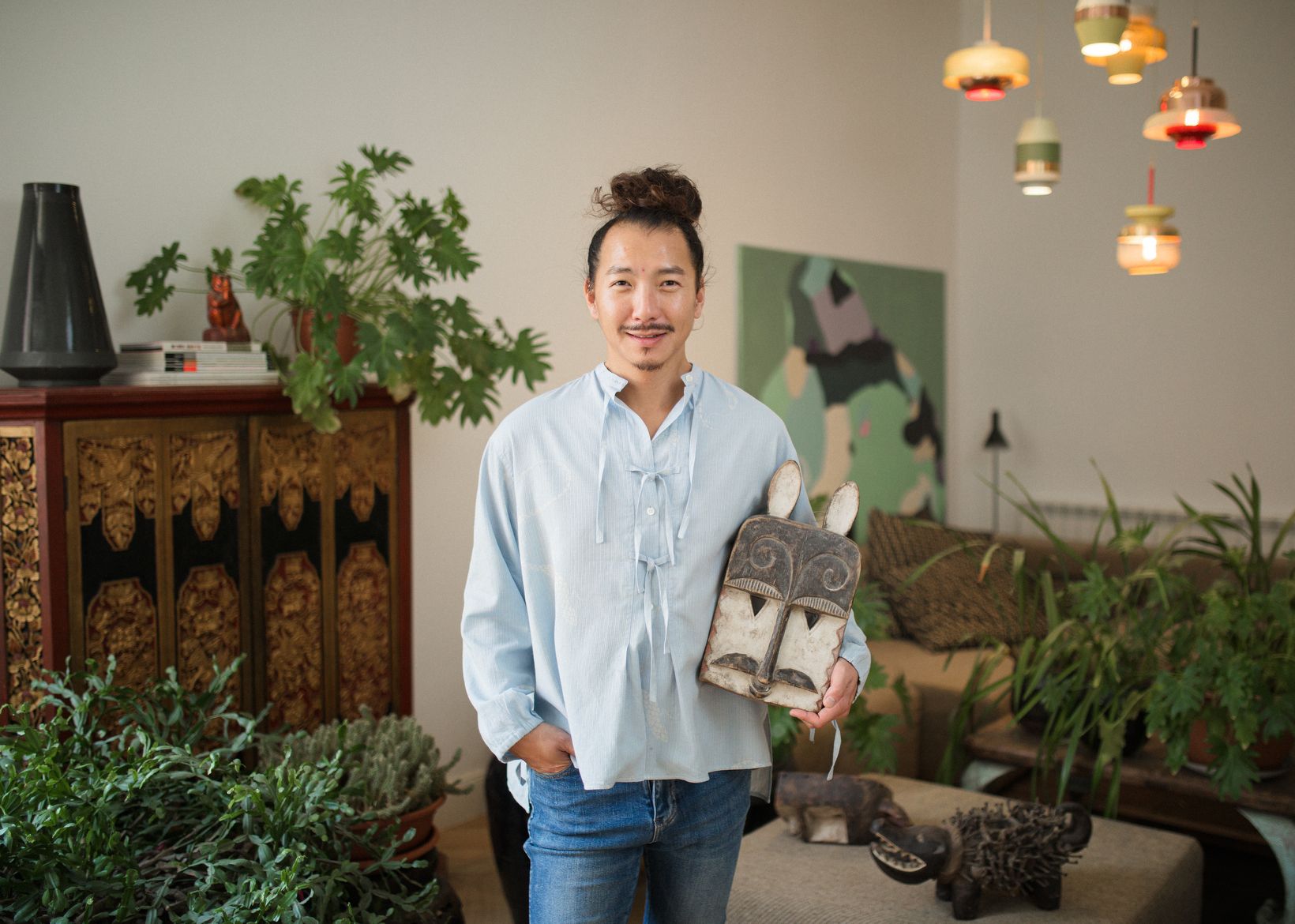
Tuan also loves antique sculptures and masks, and during our visit, he gave us a closer look at them first. The fetish sculptures common among the Bakongo people can even look scary: these nail-carved dog sculptures are usually burnt in a ritual ceremony after they are made. The masks that turned up are also highly suggestive but a little bit funny at the same time—they remind us Europeans of rabbits with mustaches. Most of the special items have found their way to Tuan during trips abroad. The story of the objects that come to him usually begins with a conscious choice of destination, but everything that happens beyond that is more like fate.
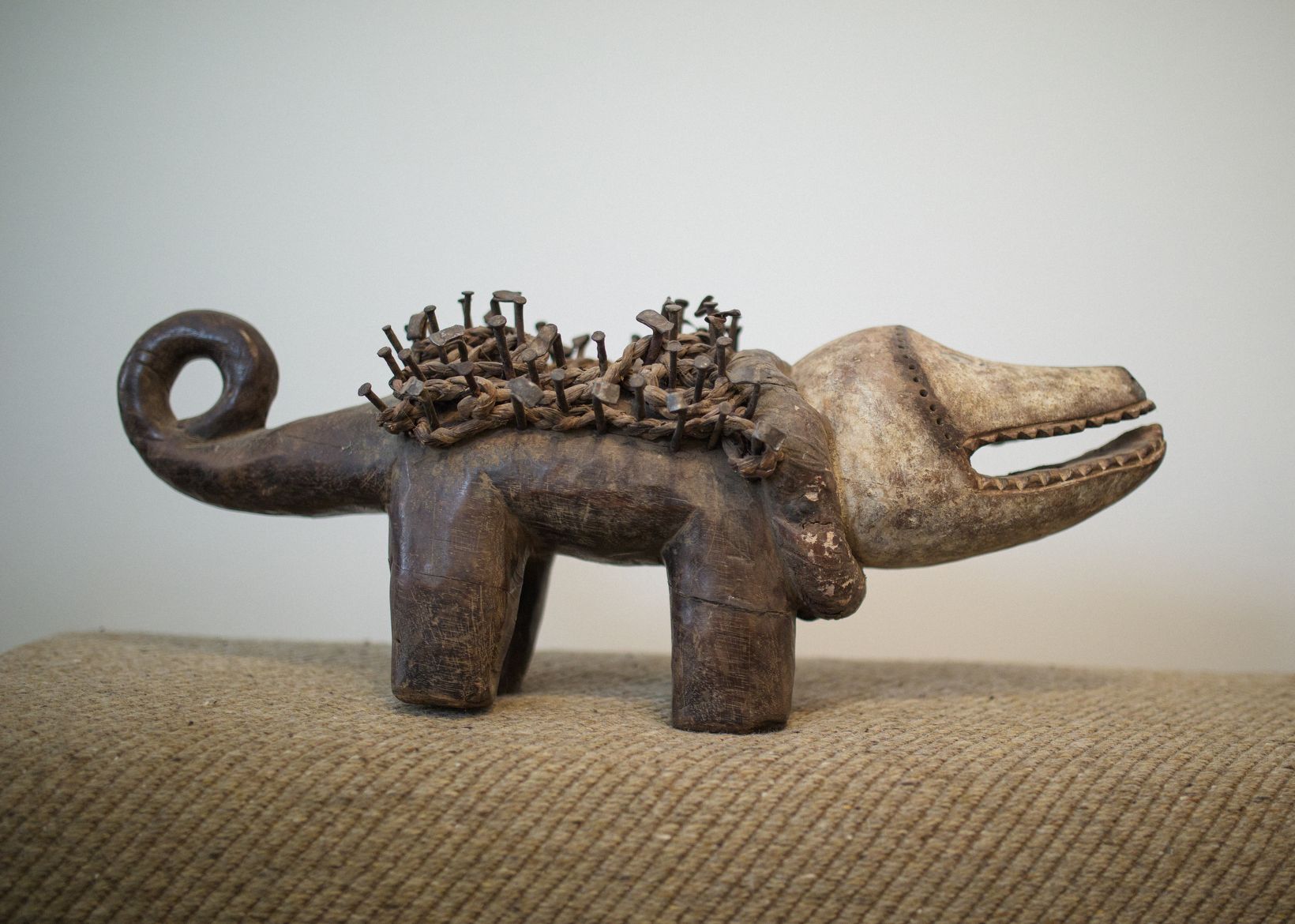
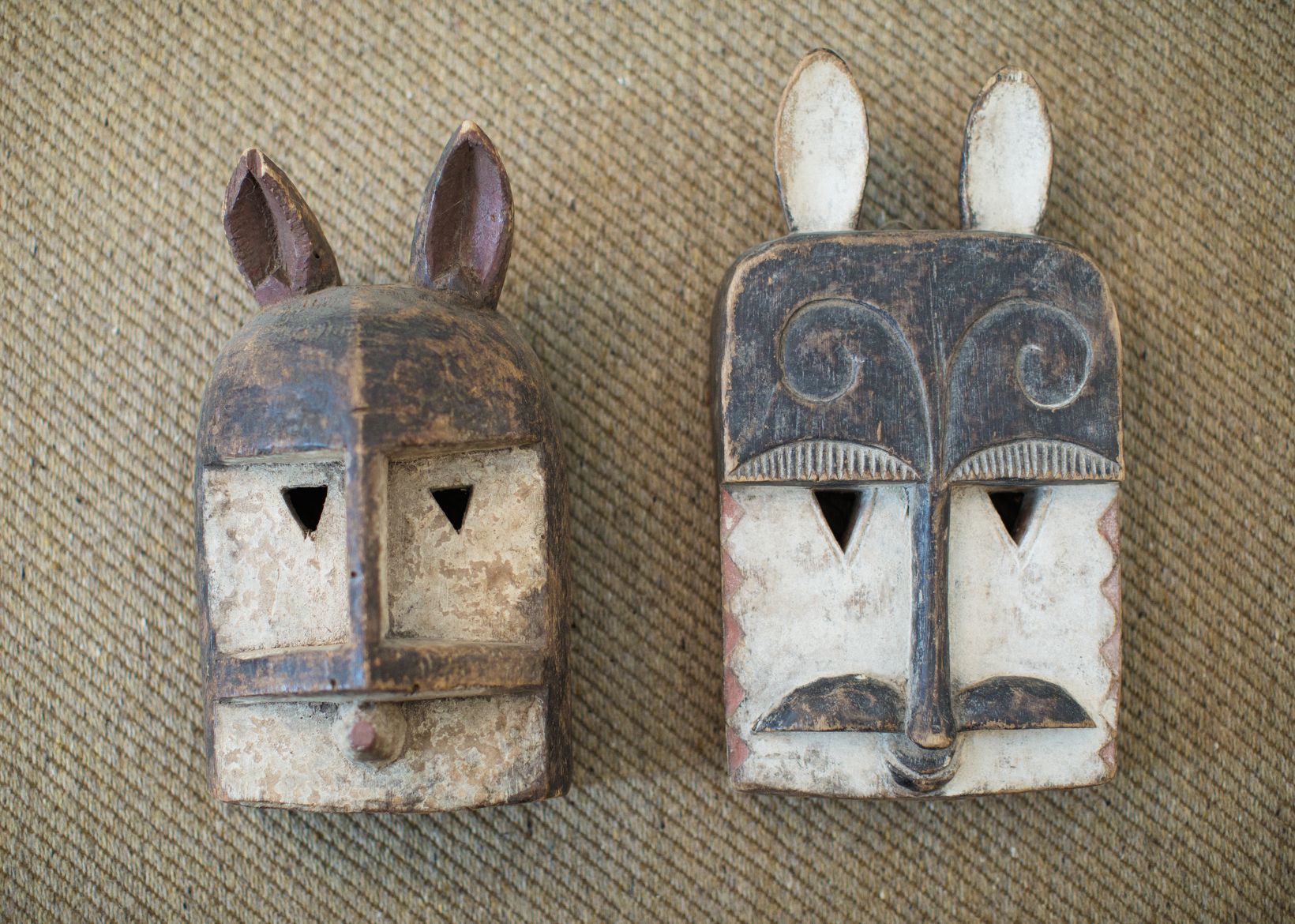
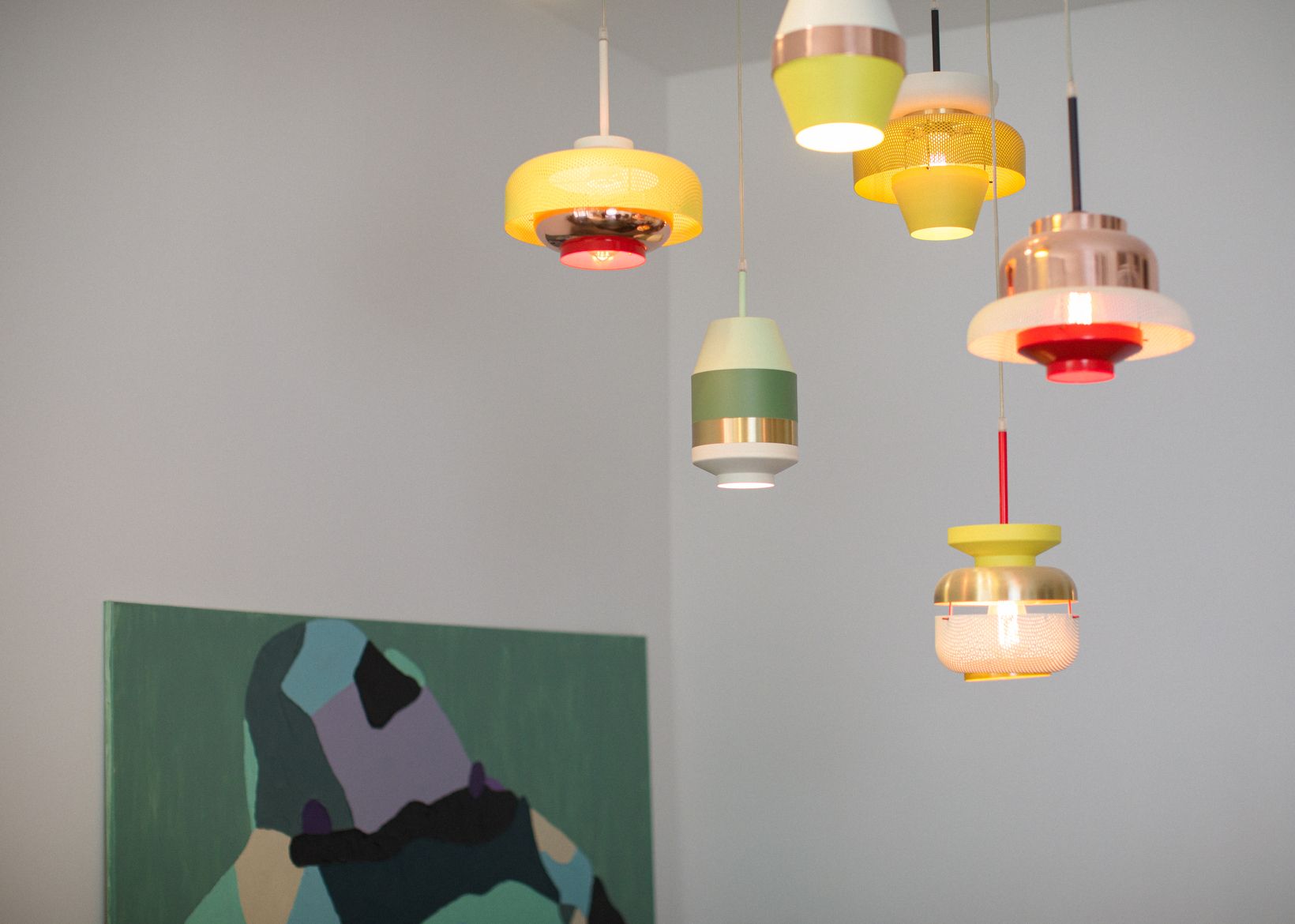
Without compulsive attachment
He can’t name a specific object that he wouldn’t leave home without, but he wears jewelry most of the time or takes it with him if nothing else. He has no compulsive attachment to objects and would not feel uncomfortable or less complete if he walked out the front door without jewelry. “For example, I’m too lazy to keep a diary and write things down in it, so I try to remember what’s important instead. I usually rely on my feelings and instincts. If I see or hear something that has an impact on me, it sinks in: it’s not necessarily the sentence that was said that I remember, but rather the feeling, the sensation. And it is often more lasting than if I had written it down on a piece of paper.”
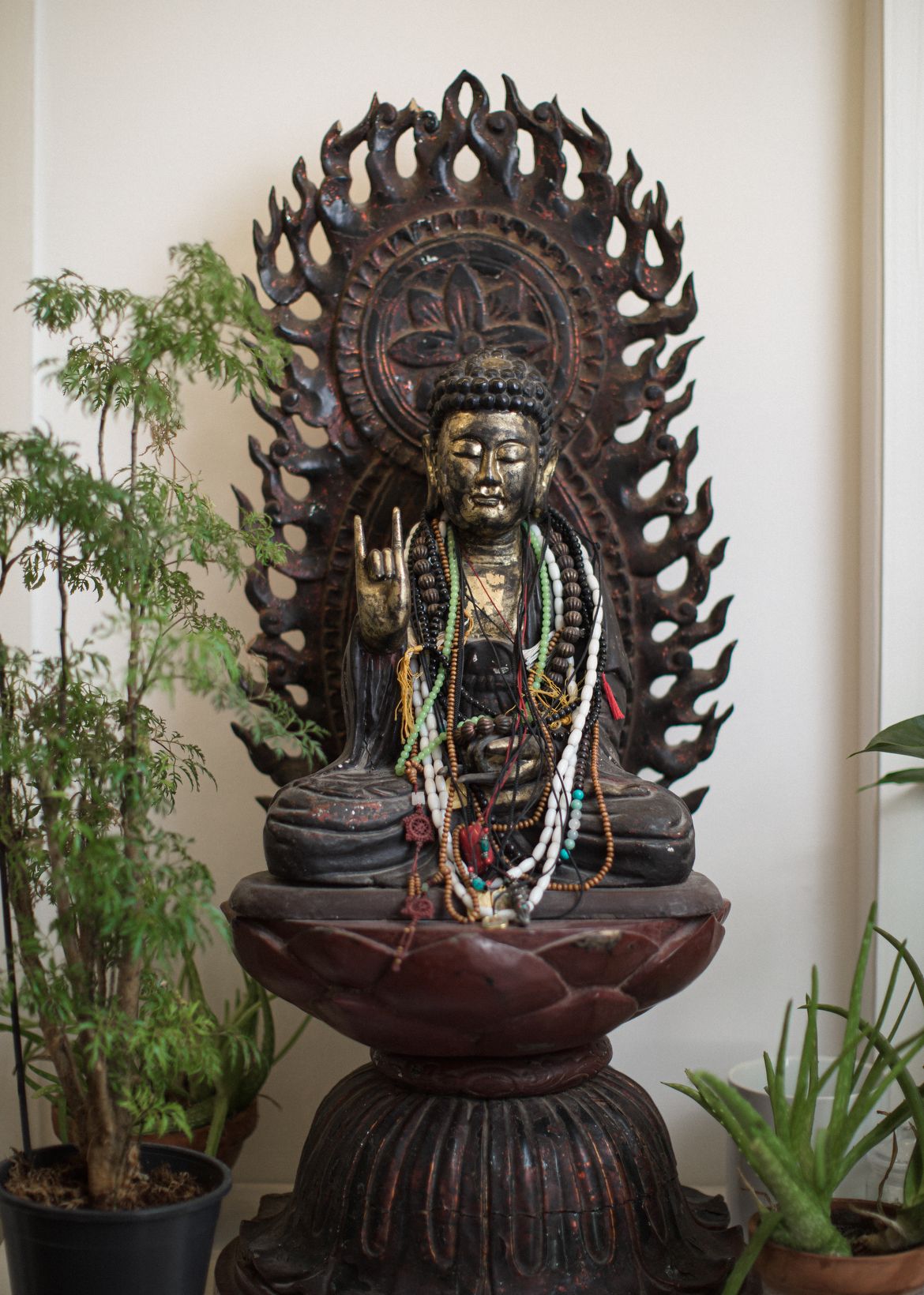
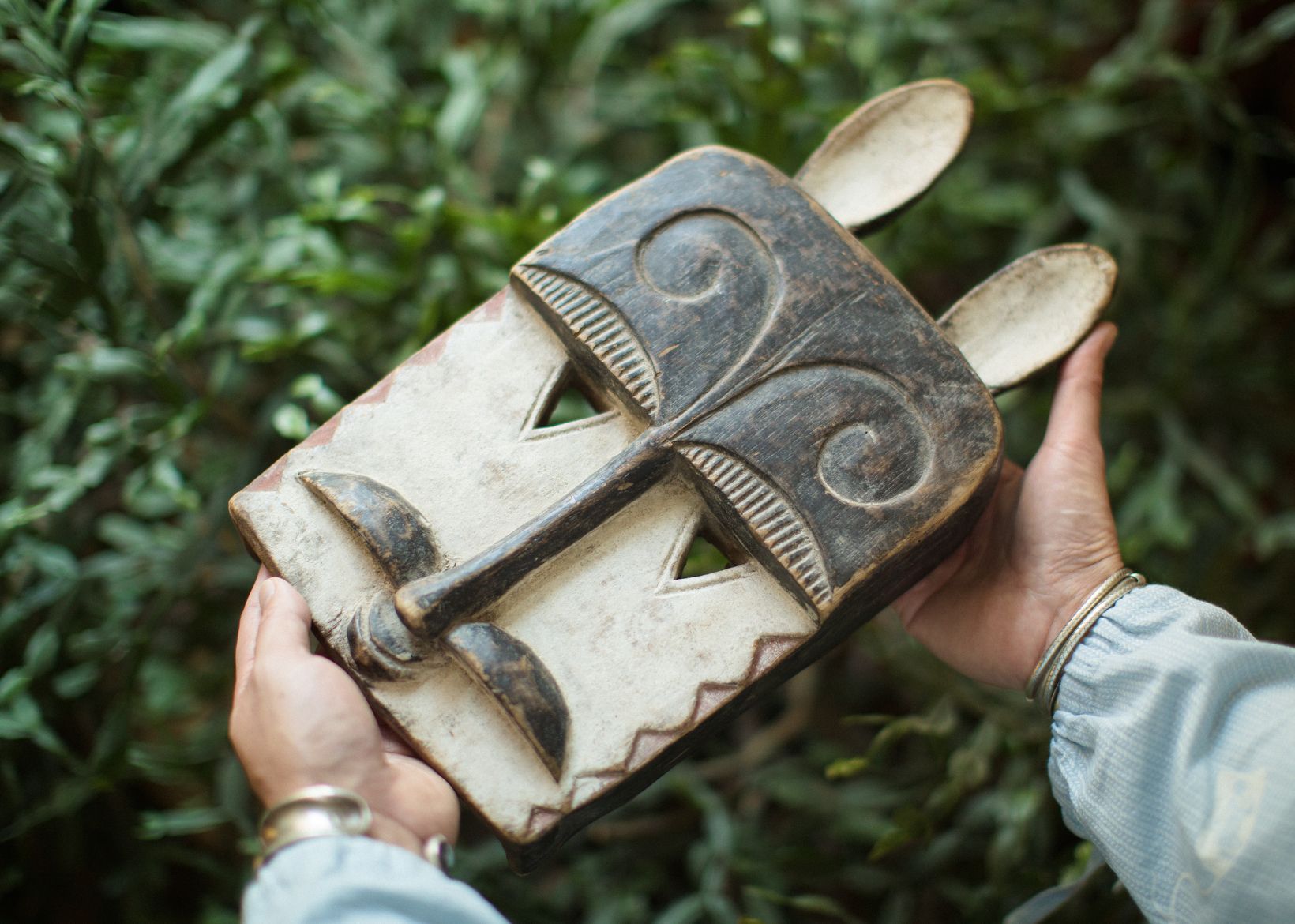
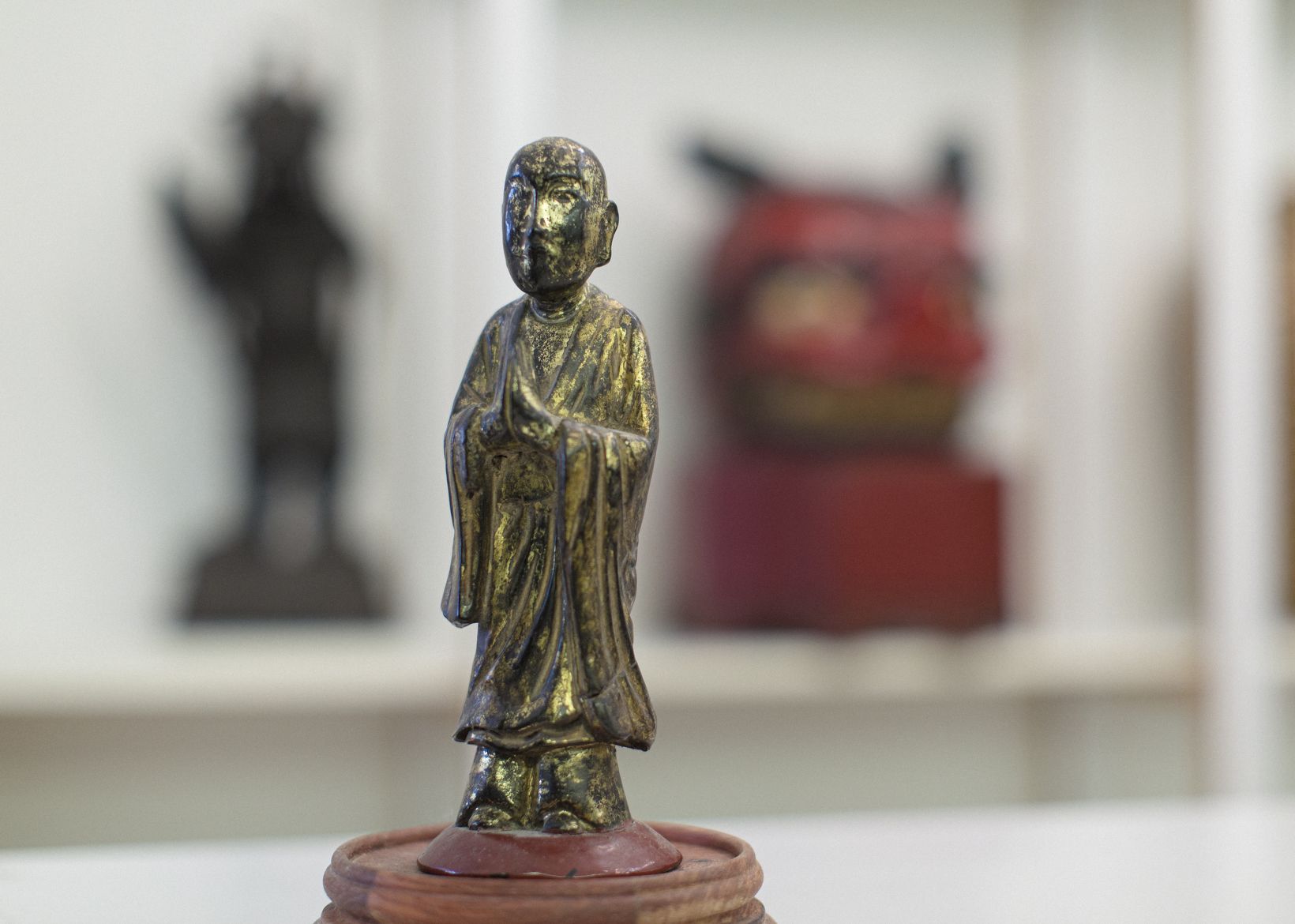
Tuan says that he comes into contact with so many different and varied objects that he can’t really single one out: object culture is the defining factor for him. That is why he does not rank objects, nor does he like to: there are no important or unimportant materials or objects; everything is meaningful to him, be it textiles, wood, ceramics, or metal.


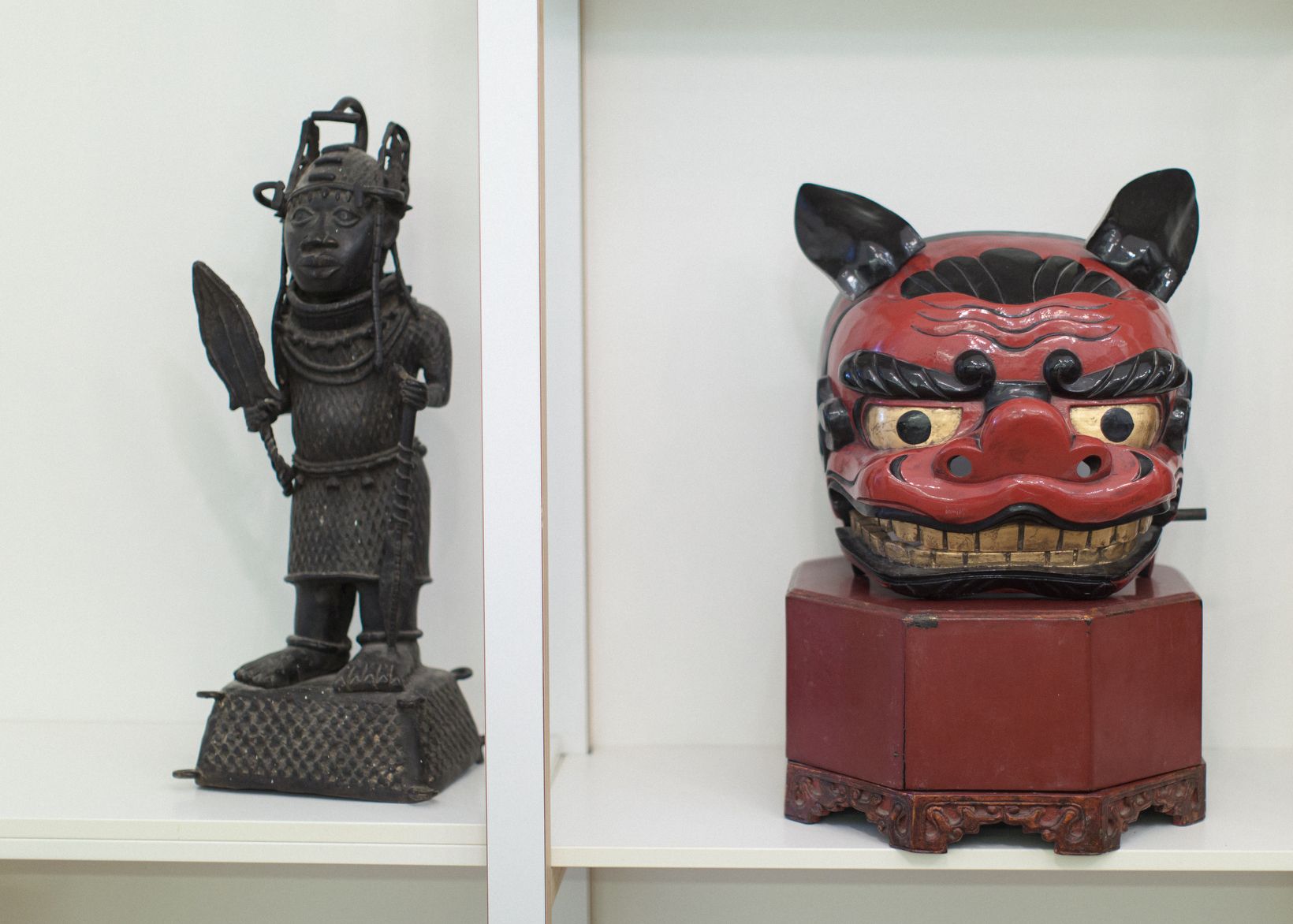
Photos: Balázs Mohai
Anh Tuan | Web | Facebook | Instagram
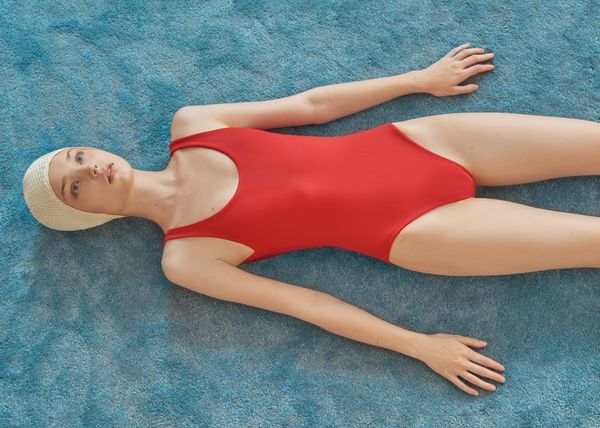
Hungarian swimming caps in international waters
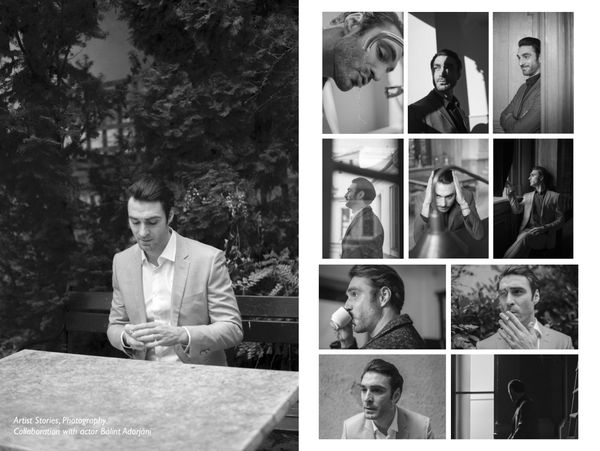
Timeless knitted pieces for the whole year, by Roboty Ręczne from Poland










